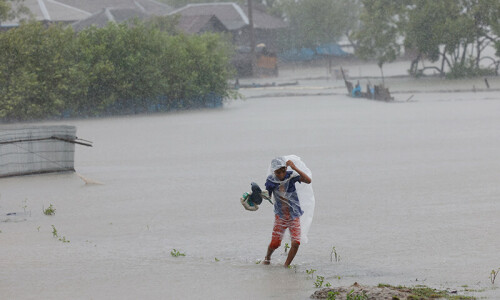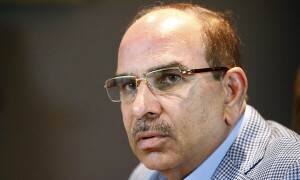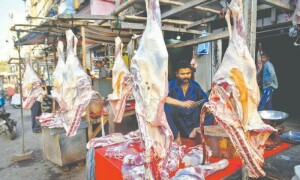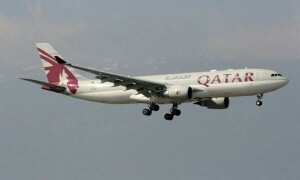FOR over three quarters of a century, Pakistan Railways (PR) has served as the lifeblood of the nation. As such, its vast 7,313-km broad-gauge network, connecting all provincial capitals as well as Islamabad, and traversing 28 mega cities, has the potential to be a vital economic engine. Additionally, the organisation possesses the necessary tools for success: engines, rolling stock, manufacturing units, dry ports, and amenities for staff and passengers. It even has surplus land for future expansion and its own dedicated police force. The Karachi-Lahore mainline, 1,218km in length, has already been doubled, with the Lahore-Peshawar line (462km) expected to follow suit soon. These lines run parallel to N-5, the busiest National Highway Authority (NHA) route.
Moreover, PR surely has big aspirations, but like many government organisations, it suffers from a lack of political ownership. Besides, the sitting government of Pakistan has already stated the target to be the regional engine of growth by 2025, which is just a year away. The cornerstone of this vision was the country’s transportation system, with PR at the centre of it due to its access to India, Afghanistan, and Europe via Iran.
Furthermore, PR and NHA have been envisioned to complement each other, not compete, under the umbrella of a National Transport Policy (NTP) that would bring rail, road, ports and shipping under one ministry. The work on NTP had begun back in 2007, and received cabinet approval in 2018. However, it remains unimplemented.
Unsurprisingly, in 2023, the Public Accounts Committee (PAC) was officially informed that public encroachment had consumed 14,000 acres of PR land, and its 11,880km track had aged beyond repair. The PAC prioritised minor revenue generation sources, like vending stalls, while ignoring PR’s core business of moving freight and passengers.
Political decisions are often self-serving and haphazard, as evidenced by the failed Karachi-Gwadar highway project. Past attempts to corporatise PR in 1975, and split it into passenger, freight, track, and rolling stock units in 1997 proved disastrous.
Unfortunately, the 2006 attempt was abandoned due to employee confusion. The Supreme Court, in 2018, found political meddling to be a major factor in the decline of PR and other state-owned concerns.
On the ground, PR lacks a long-term vision. It needs a leader who understands its potential, can shield it from political meddling, and implement a long-term development plan that utilises existing infrastructure efficiently.
The future of our falling economy, our environment and our nation’s connecti-vity hinges on a revitalised PR. We must hold our decision-makers accountable, and demand a clear vision for the revival of PR. This is the only way forward.
Muhammad Saleem
Haripur
Published in Dawn, May 7th, 2024











































Dear visitor, the comments section is undergoing an overhaul and will return soon.